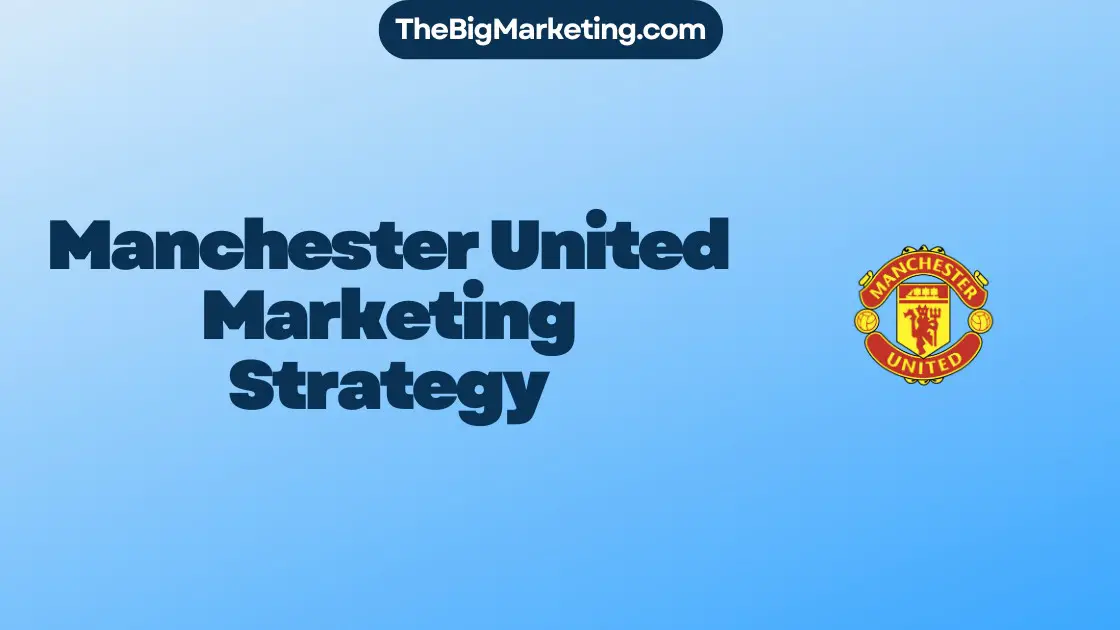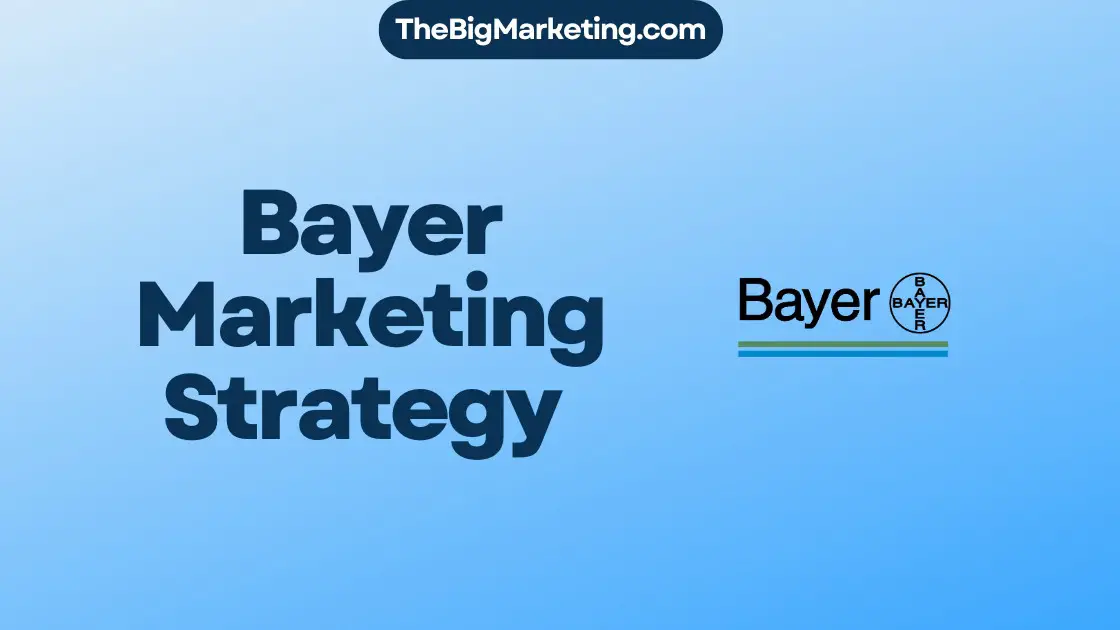Live marketing is a dynamic form of marketing that focuses on creating engaging and memorable experiences through face-to-face interactions with customers. It goes beyond traditional marketing tactics by embracing real-time interactions, interactive technologies, and event branding to drive brand awareness, customer engagement, and sales. Live marketing encompasses a wide range of strategies, including experiential marketing, in-person marketing, and interactive marketing, all aimed at fostering audience engagement and building authentic connections.
In this comprehensive guide, we will explore the concept of live marketing, its benefits, different types of live marketing campaigns, and its role in brand building. We will also discuss successful case studies and provide valuable tips for planning and executing impactful live marketing campaigns. Plus, we’ll delve into the future of live marketing and how technological advancements will shape its landscape.
Key Takeaways:
- Live marketing focuses on face-to-face interactions and real-time experiences with customers.
- It enhances brand awareness, customer engagement, and sales through memorable experiences and interactive technologies.
- Types of live marketing include experiential marketing, in-person marketing, and interactive marketing.
- Successful live marketing campaigns create authentic connections and drive brand loyalty.
- The future of live marketing will be influenced by technological advancements and personalized experiences.
The Benefits of Live Marketing
Live marketing offers a wide range of benefits for brands looking to make a strong impact and create meaningful connections with their target audience. By leveraging live events, brands can achieve:
1. Increased Brand Awareness
Live events provide a unique opportunity for customers to experience a brand firsthand. Through interactive experiences and direct interactions, live marketing can effectively raise brand awareness and create lasting impressions.
2. Enhanced Customer Engagement
Live marketing aims to engage customers in memorable experiences that foster dialogue and interaction. By providing immersive and interactive experiences, brands can create deeper connections with their audience and build customer loyalty.
3. Lead Generation
Live marketing events serve as excellent lead generation platforms. Brands can capture customer data, such as email addresses and contact information, which can be later used for targeted marketing campaigns and follow-ups.
4. Product Testing and Customer Feedback
Live marketing allows brands to test their products in real-time and gather valuable feedback from customers. This immediate feedback can be used to improve products and services, ensuring better customer satisfaction and loyalty.
5. Increased Sales
By engaging customers directly and creating memorable experiences, live marketing can lead to increased sales. The personal connection and positive brand experiences generated during live events can translate into higher conversion rates and repeat purchases.
| Live Marketing Benefits | Description |
|---|---|
| Increased Brand Awareness | Allow customers to experience and interact with the brand firsthand, creating lasting impressions. |
| Enhanced Customer Engagement | Create memorable experiences that foster dialogue and interaction, building stronger connections with the audience. |
| Lead Generation | Capture customer data, such as email addresses, for targeted marketing campaigns and follow-ups. |
| Product Testing and Customer Feedback | Test products in real-time and gather valuable feedback for product improvement and customer satisfaction. |
| Increased Sales | Translate personal connections and positive brand experiences into higher conversion rates and repeat purchases. |
Types of Live Marketing
There are various types of live marketing that can be employed based on the specific goals and target audience of a brand. Each type of live marketing requires careful planning and consideration to achieve the desired outcomes. Let’s explore three popular types of live marketing:
Event Marketing
Event marketing involves planning and executing an event with a specific location, tickets, and promotion. It can range from small-scale workshops to large-scale conferences or concerts. The primary goal of event marketing is to create a memorable experience for attendees while promoting the brand. By hosting events, brands can connect with their target audience in a face-to-face setting, provide valuable content or entertainment, and generate buzz around their products or services.
Guerrilla Marketing
Guerrilla marketing focuses on creative and unexpected street promotions to engage the audience. It often involves unconventional and low-cost tactics that aim to captivate attention and create a lasting impression. By thinking outside the box, brands can use guerrilla marketing to create memorable experiences that break through advertising clutter and reach their target audience in unexpected ways. This type of live marketing is especially effective for building brand awareness and generating word-of-mouth buzz.
Brand Activation
Brand activation is often used to launch a new product or service and aims to create buzz and reinforce the brand among existing customers and potential buyers. It involves creating interactive experiences that allow consumers to directly engage with the brand and its offerings. Brand activation can take various forms, such as pop-up stores, product demonstrations, or immersive brand experiences. By providing hands-on experiences and creating emotional connections, brands can strengthen their relationship with their audience and increase brand loyalty.
Each type of live marketing has its own unique benefits and considerations. Brands should carefully evaluate their objectives and target audience to determine which type of live marketing is the most appropriate and impactful for their specific needs.
Live Marketing vs Experiential Marketing
Live marketing and experiential marketing both aim to engage the audience in memorable experiences, but there are key differences between the two.
Live marketing focuses on holding an event with a specific start and end time, with the primary goal of achieving immediate results at the event itself. This form of marketing aims to create a buzz and generate excitement, often through press releases, product sales, and additional brand publicity. Live marketing provides an opportunity for brands to make a significant impact in a short amount of time.
On the other hand, experiential marketing takes a long-term approach by building ongoing publicity and brand awareness. By creating immersive experiences that resonate with the audience, experiential marketing aims to trigger additional results over time. The focus is on creating a positive brand image and fostering a lasting connection between the brand and the audience.
The communication mode in live marketing is often one-way, with brands delivering the message to the audience. In contrast, experiential marketing encourages feedback and interaction with the audience, creating a two-way dialogue that allows for deeper engagement and connection.
In terms of attendee experiences, live marketing events often offer a shared experience for all attendees, with everyone participating in the same event or activity. In contrast, experiential marketing can provide more individualized experiences, tailoring the experience to the preferences and interests of each attendee.
Overall, both live marketing and experiential marketing have their unique strengths and objectives. Live marketing provides immediate results and additional brand publicity, while experiential marketing focuses on ongoing publicity and creating a positive brand image. Understanding these differences is crucial for brands to choose the most effective approach for their specific goals and target audience.
The Power of Live Marketing in Building Brands
Live marketing is a powerful strategy that plays a crucial role in building brands. By creating meaningful customer engagements and fostering emotional connections, live marketing enables brands to establish a more personal and authentic relationship with their audience. Through memorable and interactive experiences, brands can leave a lasting impact on customers, increasing brand recall and resonance.
Customer engagement is a key element of live marketing, as it involves active participation and dialogue between the brand and its audience. By providing unique and authentic live marketing experiences, brands can captivate customers and create a sense of excitement, making them more likely to remember and connect with the brand on a deeper level.
One of the main benefits of live marketing is its ability to cultivate brand loyalty. Through live experiences, customers feel a stronger connection and trust with the brand, leading to long-term loyalty. Authenticity plays a crucial role in this process, as customers appreciate brands that provide genuine and transparent experiences.
To illustrate the power of live marketing in building brands, consider the example of Nike. The brand has successfully utilized live marketing to connect with its target audience and build a strong brand identity. Through interactive events such as the Nike Run Club, where runners can participate in group runs and receive personalized training, Nike creates authentic experiences that foster emotional connections and build brand loyalty.
Live marketing also allows brands to showcase their values and mission in a tangible manner. By aligning their live marketing experiences with their brand messaging, brands can reinforce their identity and strengthen their reputation. When customers have the opportunity to engage with a brand in a live setting, they are more likely to develop a favorable perception of the brand and become brand ambassadors.
To summarize, live marketing is a powerful tool for building brands. By creating meaningful customer engagements, fostering emotional connections, and delivering authentic experiences, brands can elevate their reputation, cultivate brand loyalty, and establish a strong brand identity. With its ability to leave a lasting impact on customers, live marketing is an essential strategy for brands looking to stand out in today’s competitive landscape.
Example of a Brand that Leveraged Live Marketing:
| Brand | Live Marketing Campaign | Achievements |
|---|---|---|
| Nike | Nike Run Club | 1. Increased brand loyalty through personalized training experiences. |
| 2. Reinforced brand identity by aligning live experiences with brand messaging. | ||
| 3. Cultivated a community of brand ambassadors through active customer engagement. |
Planning and Executing a Successful Live Marketing Campaign
Planning and executing a live marketing campaign requires careful consideration and strategic planning. By following a systematic approach, brands can create impactful experiences that resonate with their target audience and achieve their marketing goals.
1. Audience Analysis
Before embarking on a live marketing campaign, it is crucial to conduct thorough audience analysis. This involves understanding the preferences, needs, and demographics of the target market. By gaining insights into the audience’s interests and behaviors, brands can tailor their live marketing experiences to effectively engage and connect with their potential customers.
2. Innovative Ideas
Developing innovative and creative ideas is key to making a live marketing campaign stand out. Brands should brainstorm unique concepts that align with their brand identity and resonate with the target audience. Incorporating interactive elements, immersive storytelling, and unexpected surprises can captivate attendees and leave a lasting impression.
3. Logistics
The logistics of a live marketing campaign play a crucial role in its success. Selecting the right venue that aligns with the campaign’s objectives and can accommodate the desired audience size is essential. Additionally, staffing requirements, technology integration, and event production must be carefully managed to ensure seamless execution.
4. Budget Allocation
Allocating a budget is a critical aspect of planning a live marketing campaign. The budget should be aligned with the campaign’s objectives and take into account the scale and scope of the event. Prioritizing budget allocation based on areas that will have the most significant impact, such as innovative activations or guest experiences, is key to maximizing the campaign’s effectiveness.
5. Measurement and Analytics
Measuring the success and impact of a live marketing campaign is essential for continuous improvement. Implementing analytics tools and tracking key performance metrics can provide valuable insights into audience engagement, brand awareness, and return on investment. By analyzing data and feedback, brands can make data-driven decisions for future campaign iterations.
| Planning and Executing a Successful Live Marketing Campaign Checklist |
|---|
| 1. Conduct thorough audience analysis |
| 2. Develop innovative and creative ideas |
| 3. Ensure meticulous logistics planning |
| 4. Allocate budget strategically |
| 5. Implement measurement and analytics |
Case Studies of Successful Live Marketing Campaigns
Live marketing campaigns have proven to be incredibly effective in creating memorable experiences for audiences. Let’s take a closer look at some successful examples of brand activations and experiential events that have left a lasting impact on consumers.
Coca-Cola’s “Share a Coke” Campaign
Coca-Cola’s “Share a Coke” campaign is a prime example of a successful brand activation. The campaign allowed customers to personalize their Coke bottles with their names or special messages, creating a sense of excitement and personal connection with the brand. By leveraging the power of customization, Coca-Cola successfully generated positive associations and emotional engagement among consumers. The campaign garnered widespread attention and sparked conversations, making it a remarkable live marketing success story.
Red Bull Air Race
Red Bull’s high-energy experiential events, such as the Red Bull Air Race, have captivated audiences around the world. Combining thrilling entertainment with brand promotion, Red Bull created an unforgettable experience for spectators. The Red Bull Air Race showcased the precision, speed, and adrenaline associated with the brand, leaving a lasting impression on attendees. By allowing fans to witness the action live and up close, Red Bull established itself as a leader in extreme sports and created a sense of community and loyalty among its target audience.
These case studies highlight the power of live marketing campaigns in capturing the attention of consumers and creating lasting brand impressions. Through strategic brand activations and immersive experiential events, companies can engage their audiences in meaningful ways, creating a strong connection between the brand and their customers.
Tips for Maximizing the Impact of Live Marketing
Live marketing is a powerful strategy for brands to connect with their audience and create memorable experiences. To ensure maximum impact, here are some tips to consider:
- Maximize Audience Engagement: The key to successful live marketing is creating interactive experiences that actively involve your audience. Encourage two-way communication and make them feel like active participants in the event.
- Incorporate Storytelling: Storytelling is a powerful tool that can create an emotional connection with your audience. Craft a compelling narrative that aligns with your brand message and resonates with your target audience.
- Enhance with Sensory Experiences: Engage multiple senses to make your live marketing events more immersive and memorable. Consider incorporating music, scents, or interactive elements that stimulate the senses and create a lasting impact.
- Integrate Social Media: Leverage the power of social media to extend the reach of your live marketing campaign. Encourage attendees to share their experiences on social platforms, use event-specific hashtags, and create buzz around your brand.
By implementing these tips, brands can create impactful, memorable, and shareable live marketing experiences that maximize audience engagement and leave a lasting impression.
The Future of Live Marketing
The future of live marketing holds immense potential, largely driven by technological advancements that continue to shape the marketing landscape. Two key technologies that are expected to revolutionize live marketing are virtual reality (VR) and augmented reality (AR). These immersive technologies offer brands the opportunity to create highly personalized and engaging experiences for their audience.
Virtual reality enables brands to transport their audience to virtual environments, allowing them to explore and interact with products or services in a completely immersive way. By leveraging VR, brands can offer unique and memorable experiences that captivate customers and leave a lasting impression.
Augmented reality, on the other hand, enhances real-world interactions by overlaying digital content onto the physical environment. This technology allows brands to provide interactive and informative experiences that blend seamlessly with the customer’s surroundings. With AR, brands can engage their audience in a new dimension, providing valuable information and creating a sense of wonder.
As technology continues to evolve, personalization will remain a key trend in live marketing. Brands will continually strive to tailor their experiences to individual preferences, ensuring that each interaction feels relevant and meaningful to the customer. By presenting personalized content and offers, live marketing can create a stronger connection between the brand and the audience.
The future of live marketing is an exciting prospect, with endless possibilities for brands to engage and captivate their audience. Technological advancements such as VR and AR, along with a focus on personalized experiences, will shape the way brands create memorable interactions and build lasting relationships with their customers.
Conclusion
Live marketing is a powerful tool that enables brands to engage their audience and create memorable experiences. By fostering face-to-face interactions and real-time engagements, brands can build strong connections with their customers. Through successful live marketing campaigns, brands can generate brand awareness, foster customer engagement, collect valuable data, and ultimately drive increased sales.
As technology continues to advance, the future of live marketing holds even more potential. Brands can leverage technological advancements such as virtual reality and augmented reality to create immersive and personalized experiences for their customers. By embracing live marketing and prioritizing customer experiences, brands can thrive in the ever-evolving marketing landscape.
In summary, live marketing offers an innovative approach to brand engagement, allowing for authentic and interactive customer experiences. By investing in live marketing strategies, brands can differentiate themselves from competitors, foster brand loyalty, and create lasting connections with their audience.






